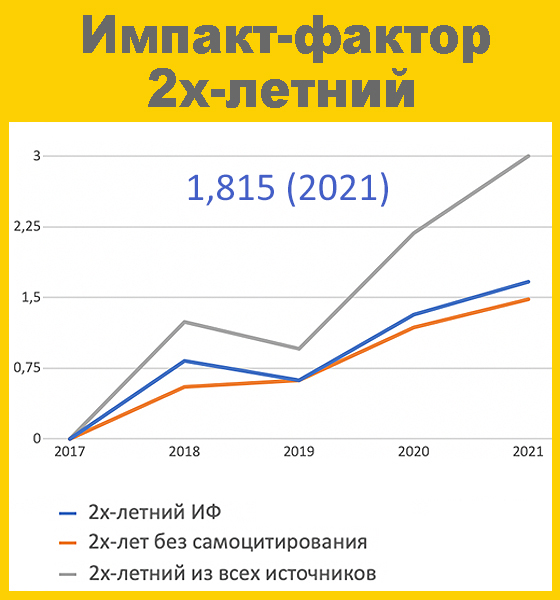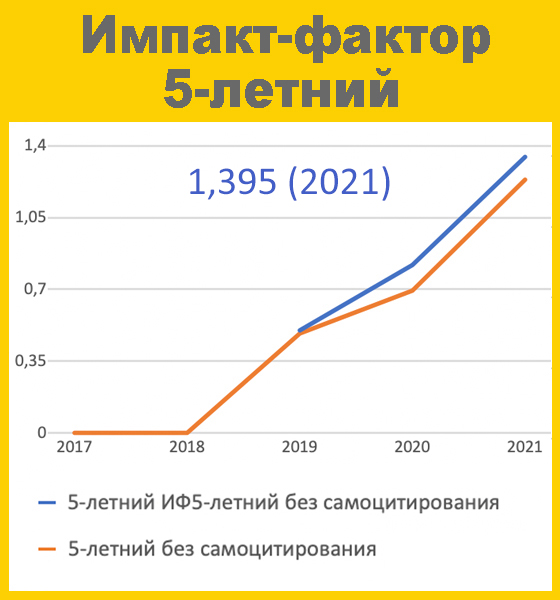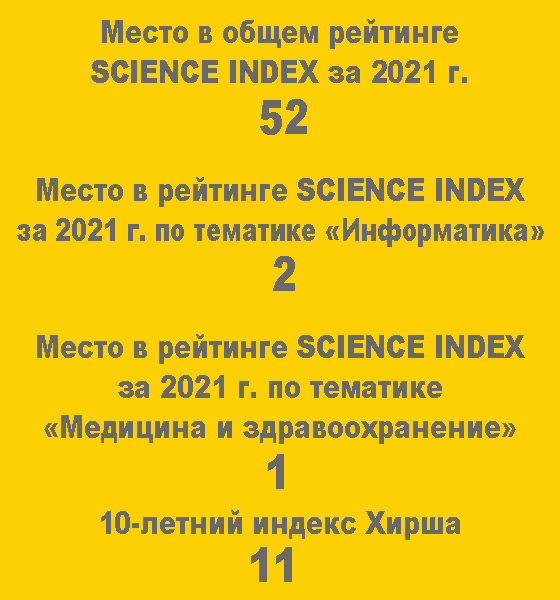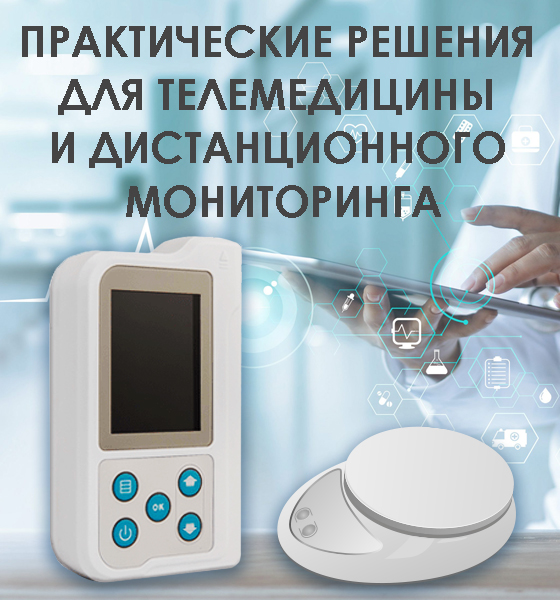Anthropomorphic robots in medicine: technology options and prospects DOI: 10.29188/2712-9217-2023-9-1-49-59
Shaderkina V.A., Shaderkina A.I., Petrushin A.A. Anthropomorphic robots in medicine: technology options and prospects. Russian Journal of Telemedicine and E-Health 2023;9(1):49-59; https://doi.org/10.29188/2712-9217-2023-9-1-49-59
- Shaderkina V.A. – scientific editor of the urological information portal UroWeb.ru; Moscow, Russia; viktoriashade@uroweb.ru; https://orcid.org/0000-0002-8940-4129
- Shaderkina A.I. – 4-year student, Institute of Clinical Medicine of the First Moscow State Medical University n.a. I.M. Sechenov of the Ministry of Health of Russia (Sechenov University); Moscow, Russia; nastyashade01@yandex.ru; https://orcid.org/0000-0003-0639-3274
- Petrushin A.A. – 4-year student, Institute of Clinical Medicine of the First Moscow State Medical University n.a. I.M. Sechenov of the Ministry of Health of Russia (Sechenov University); Moscow, Russia; Temansky2001@gmail.com, https://orcid.org/0009-0008-8388-1849
 1552
1552 Introduction. Anthropomorphic robots may eventually occupy a special niche in medicine, performing physically demanding, as well as emotionally monotonous work. As artificial intelligence is introduced, ARs will become more complex and their functions will expand.
Materials and methods. For a review on anthropomorphic robots, foreign and Russian scientific publications were studied. It should be noted that the Russian segment of scientific publications for the keywords «anthropomorphic robots», «humanoid robots», «social robots» is extremely small and does not reflect the current world practice. 20 articles were selected from foreign sources. 2 own classifications have been developed - medical robots and anthropomorphic medical robots.
Results. In recent years, there has been an explosive growth in the development of robotics. Along with industrial, military, service robots, the development of medical robots is going its own way. A universal anthropomorphic robot is a complex combination of a musculoskeletal system, mechanical limbs, a voice recognition system, space and neural networks capable of processing and understanding the environment and voice commands. The hallmark of AR at the time of writing: lack of cognitive ability and physical autonomy. The use of AR in certain medical fields is described, an attempt is made to determine the social aspects of AR.
Conclusions. The greatest demand for anthropomorphic (humanoid) robots in medicine will be for caring for the elderly and for patients with limited motor functions, during pandemics or other potentially life-threatening situations.
In the future, at the stage of introducing artificial intelligence, a thorough study of the legislation and the security system of such robots is required. Currently, the cost of AR is quite high, but in the future, cost reduction will be associated with the absence of costs for changing the environment for using such robots, which may be economically justified. The most important aspect of the use of AR is emotional interaction with a person and the safety of the latter.
| Attachment | Size |
|---|---|
| Download | 1000.23 KB |



















































